In today’s rapidly evolving world, sustainability, energy efficiency, and adaptive reuse are essential components of modern architecture and building design. As buildings age and energy codes become stricter, the importance of building retrofits and refurbishment has skyrocketed. Not only does retrofitting extend the lifespan of buildings, but it also plays a key role in reducing operational costs and improving environmental performance. This blog delves into why building retrofits and refurbishments are necessary, the benefits they bring, and how they align with sustainability goals.
What Are Building Retrofits & Refurbishment?
A building retrofit involves upgrading or replacing systems and components in an existing structure to improve its energy efficiency, functionality, or environmental impact. This may include:
-
Energy-efficient insulation and HVAC systems
-
Smart technologies for energy management
-
Solar panel installations
-
Upgrading windows and facades for better heat regulation
-
Improved lighting systems, such as LED upgrades
On the other hand, building refurbishment involves refurbishing or renovating parts of the building to restore its original aesthetic or functionality, and it can include structural updates, interior redesign, or enhancing existing systems without entirely replacing them.
Why is Retrofitting Important for Your Building?
Building retrofits are essential for numerous reasons, some of which include:
1. Sustainability & Energy Efficiency
The most significant advantage of retrofitting is improved energy efficiency. Older buildings are often energy-hungry due to outdated insulation, HVAC systems, and inefficient windows. Retrofitting helps to minimize energy loss, leading to reduced heating and cooling costs and a lower carbon footprint.
Sustainability efforts are at the forefront of many industries, and upgrading your building to meet modern standards can contribute to green building certifications such as LEED, BREEAM, or WELL.
2. Cost Savings & Return on Investment
Though retrofitting can involve a significant upfront investment, the long-term cost savings make it a financially savvy decision. By lowering energy consumption and improving operational efficiency, retrofits can drastically reduce utility bills. Moreover, many governments offer incentives and rebates for energy-efficient upgrades, further enhancing the financial benefits.
3. Improved Comfort & Productivity
Retrofitting often leads to improved indoor comfort by enhancing air quality, temperature control, and natural lighting. This can lead to better occupant productivity in commercial buildings and improved residential comfort. Properly optimized spaces help create healthier environments, which is increasingly important for businesses and homeowners alike.
4. Extended Building Lifespan
Refurbishing older buildings or adding modern systems and technologies not only improves efficiency but also increases the building’s lifespan. Timely upgrades can reduce the need for major repairs, saving both time and money. Well-maintained buildings also retain higher property values, making retrofits an investment for the future.
5. Adaptive Reuse and Historical Preservation
For historic buildings, retrofitting can also serve the purpose of adaptive reuse, preserving architectural heritage while giving the building a new life. Refurbishing historic structures to meet current standards and demands ensures that valuable historical assets are maintained for future generations.
Types of Building Retrofits
The scope of retrofitting can vary depending on the building’s age, condition, and purpose. Here are a few common types of retrofits:
-
Thermal Retrofits: Installation of modern insulation, better windows, and airtight seals to minimize heat loss and enhance energy performance.
-
Lighting & Electrical Retrofits: Upgrading lighting systems, incorporating LED lighting, and implementing smart sensors and controls to reduce energy usage.
-
Water Efficiency: Retrofitting plumbing systems to conserve water by using low-flow fixtures and water-saving technologies.
-
Renewable Energy Integration: Adding solar panels, wind turbines, or geothermal systems to reduce reliance on non-renewable energy sources.
-
Building Envelope Improvements: Refurbishing roofs, facades, and windows to prevent energy loss and improve building performance.
Benefits of Retrofitting Your Building
-
Lower energy bills: As your building becomes more energy-efficient, the ongoing cost of energy consumption drops, saving money.
-
Improved tenant retention: Comfortable, well-maintained buildings lead to happier tenants, contributing to higher occupancy rates and long-term retention.
-
Increased marketability: Buildings that meet modern energy standards are attractive to tenants and buyers, improving the overall marketability of the property.
-
Environmental impact: Retrofitting helps reduce a building’s carbon footprint, aligning with global sustainability goals and reducing overall greenhouse gas emissions.
Challenges in Building Retrofitting
Despite its many advantages, retrofitting comes with its challenges, including:
-
Initial Costs: Retrofitting may involve high upfront costs depending on the scope and complexity of the project.
-
Technical Complexity: Older buildings may have structural limitations that can make retrofitting more difficult and costly.
-
Disruption to Occupants: For occupied buildings, retrofitting can cause temporary disruptions to daily operations, so it’s crucial to plan the process carefully.
-
Finding Skilled Professionals: Retrofitting requires specialized knowledge, so it’s important to work with experienced contractors, engineers, and consultants to ensure the project is completed successfully.
